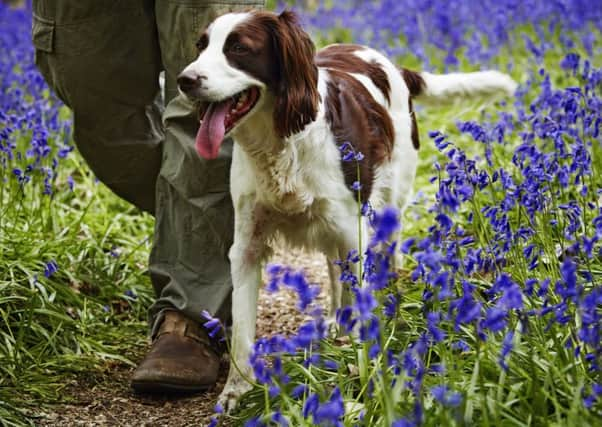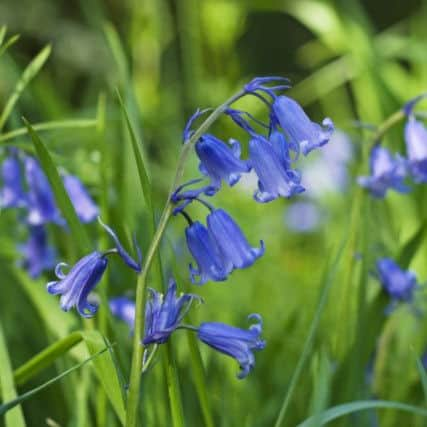National Trust reveals best sites for bluebell spotting in Sussex


Last year, bluebells didn’t appear until late April – it was one of the coldest Aprils on record – but the recent warm sunny weather is already resulting in sightings of our most popular spring flower.
The sight and scent of native bluebells covering a woodland floor on a warm spring day is one of the most magical experiences nature has to offer. With over half the global population of bluebells flowering on these shores, Britain’s beautiful blue spring is a quintessential part of our landscape.
Advertisement
Hide AdAdvertisement
Hide AdEmma McNamara, Garden and Parks Consultant at the National Trust in Sussex, said: “Bluebells herald spring and play as much a part of our natural heritage as any other flower. The native species can be identified by its delicate scent, intense blue colour and flowers that droop down like a bell along one side of the stem.


“National Trust woodlands are one of the places where visitors can be guaranteed to enjoy the spectacle of swathes of authentic native bluebells. Stand at the edge of a bluebell wood, breathe in deeply, take in the delicate sweet scent and marvel at one of nature’s truly spectacular events.”
Some of the best native bluebell displays can be found in National Trust woodlands. Here are two of the best places to spot dramatic carpets of bluebells in Sussex and enjoy bluebell-related events:
Nymans, Handcross, near Haywards Heath
Nymans is a true spring garden (it has over 60 glorious varieties of magnolia), but its woods are equally colourful. Take a walk through the woodland and wild garden, to see thousands of bluebells, rumoured to bloom on St George’s Day (23 April).
Advertisement
Hide AdAdvertisement
Hide AdBluebells art workshop: join local artist John Thompson for another of his popular painting workshops. Create a spring woodland scene with a carpet of bluebells. This will be held on May 23, 24 and 25 between 10am and 3pm. Booking essential on 01444 405250 £60 (includes materials, tea, coffee and cake).
Woodland flowers guided walks: join the woods team for a walk through Nymans’ woodlands, taking in the splendid displays of bluebells and other spring wild flowers. We can’t predict what will be in bloom, but we can promise you idyllic woodlands and a lovely springtime experience. Event from May 6 to 11 May, 11am – 12.30pm and 2 – 3.30pm. Normal admission charge only.
The Slindon Estate, near Arundel
The 1,400 hectare Slindon Estate on the South Downs is a fantastic place to see wildflowers. Woodland flowers such as violets, primroses and wood anemones can be found in abundance, and if you stroll out of the pretty village on a walk to Nore Hill Folly, you’ll discover superb shows of bluebells.
Download a copy of the walk here: http://www.nationaltrust.org.uk/slindon-estate/.
Advertisement
Hide AdAdvertisement
Hide AdGuided bluebell walk: enjoy the sights and scents of woodland in springtime, on a walk led by the a Slindon Ranger, to see, and learn about the stunning displays of bluebells and other spring flowers on Nore Hill on May 3, from 11am until 1pm. Adults £3, children £2, booking essential on 01243 814730.
Top five Bluebell Facts: